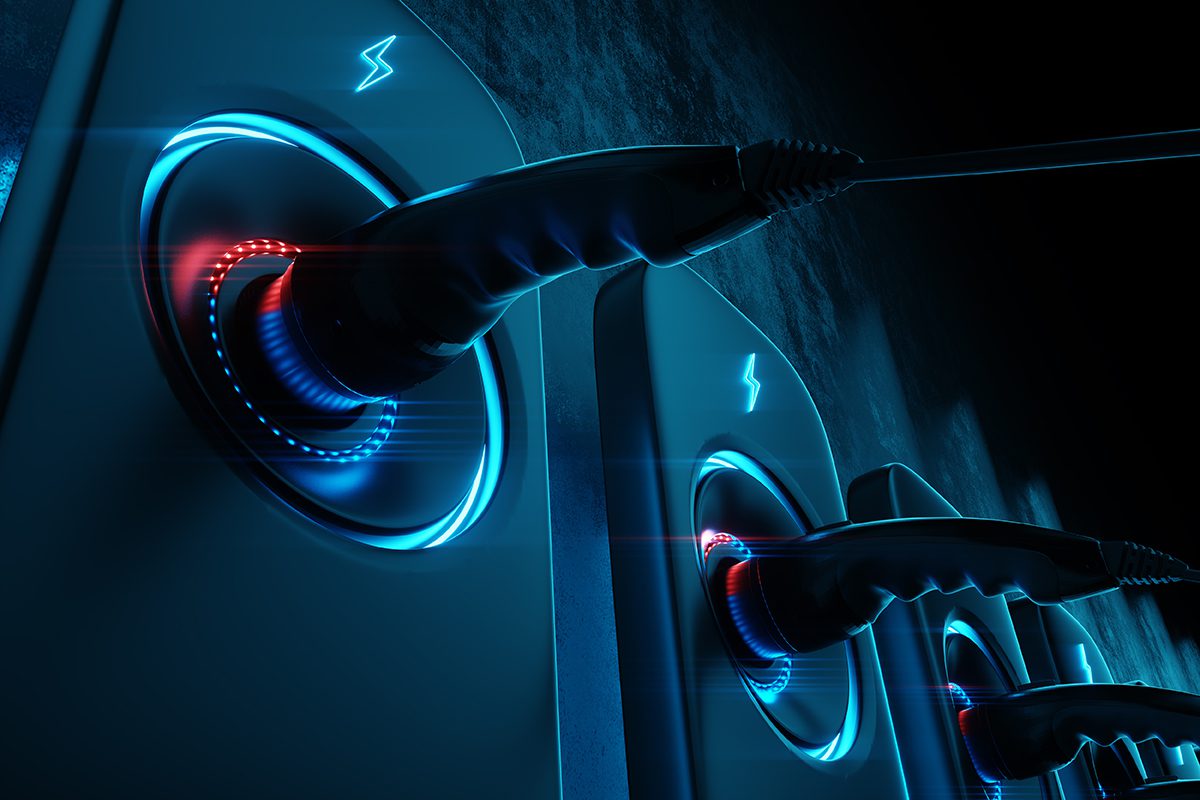If the 1920s ushered in a century of petroleum-powered automobiles, then the 2020s are electrifying transportation for a cleaner, more sustainable 21st century. Interestingly, chemist William Morrison first introduced America to the electric vehicle (EV) in the 1890s, so perhaps on this World EV Day, we should celebrate clean transportation’s dramatic comeback.
There is a lot to celebrate today. Now in its fourth year, World EV Day honors innovation and “unites companies and individuals, policymakers, and thought leaders, for a day of activations and announcements that continue to propel the [e-mobility] movement across the globe.” Indeed, decarbonization is a focal point for the country, as measured by the U.S. Department of Energy’s Alternative Fuels Data Center. This digital resource shows that North America boasts more than 65,000 EV charging station locations with upwards of 170,000 charging ports to help support the 3.34 million EVs on the road after Q1 2023.
That the U.S. and Canada have such a robust build-out of infrastructure for EVs is unsurprising, given the confluence of technology, public policy, and investments fueling this clean transportation movement. In 2021, President Biden’s $1.1 trillion Bipartisan Infrastructure Law brought the country the National Electric Vehicle Infrastructure (NEVI) program and the Charging and Fueling Infrastructure program. Together, the programs will fund $7.5 billion for reliable, convenient, and affordable charging stations. It is the Biden Administration’s goal to reach 500,000 publicly accessible chargers by 2030.
Federal funding programs by way of the Bipartisan Infrastructure Law and the Inflation Reduction Act’s $370 billion funding are complemented by state-level funding programs from New York to California. State and federal policies like Advanced Clean Cars II and the Environmental Protection Agency’s proposed emission standards, like the Multi-Pollutant Emissions Standards for Model Years 2027 and Later Light-Duty and Medium-Duty Vehicles, will complement the charging infrastructure goals to bring millions more EVs to the road.
The technology behind the EVs and chargers is also constantly improving. In 2022, the number of EVs offering at least 300 miles of range has grown tremendously since 2016 and has tripled in 2022 compared to a year prior. This milestone is notable given drivers’ fear of depleting their batteries without finding a place to charge — range anxiety. Real or perceived, it is indeed a barrier to adoption.
Together, industry and federal and state governments are driving a future that is cleaner and brighter for clean transportation. Peer-to-peer collaboration across the value chain and robust policy and technology innovation will continue to achieve World EV Day’s vision to #DriveChange.
Could your firm, agency, or organization use some help navigating the incentives, regulations, and policies coming to your fleet?
GNA, North America’s leading clean transportation and energy consulting firm, is here to help. Reach out if you would like to strategize around environmental justice and clean transportation. Here’s to a season full of transformational clean transportation — and human — investment.


